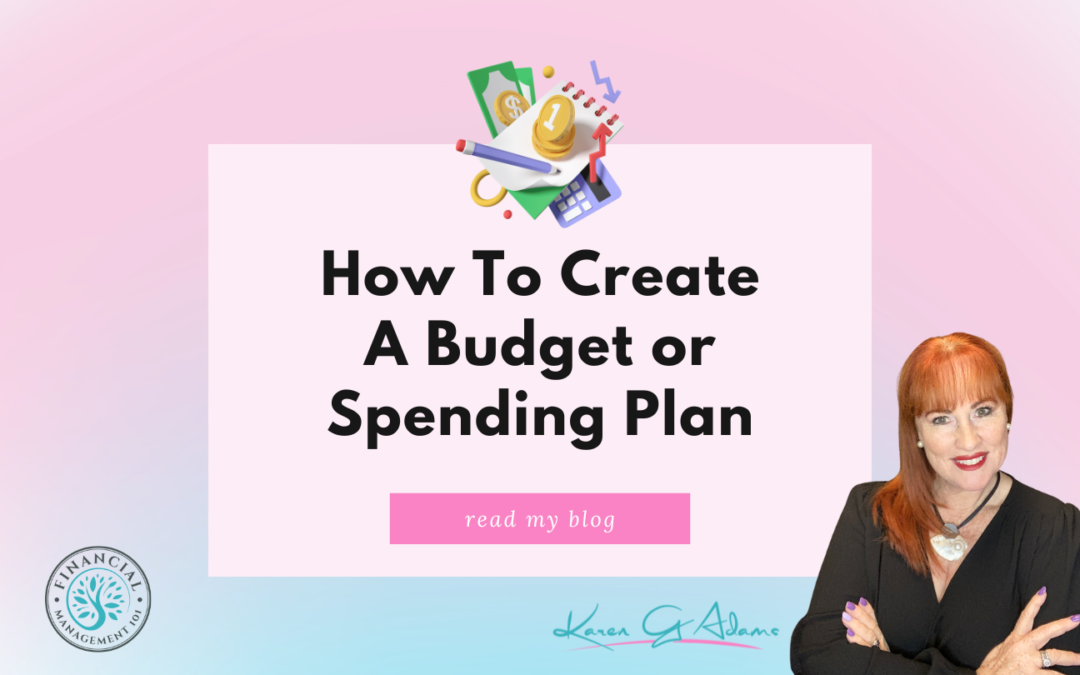For many people, this is where they get stuck with the first step in managing their money. When they hear the word budget they think it means cutting back or going without and they could not be further from the truth.
A budget doesn’t have to be a cumbersome task and it’s something I like to call a spending plan instead of a budget. By calling it a spending plan, it means you manage your money so that you have money for the fun stuff, as well as the ongoing regular stuff that comes out every month.
Creating your own spending plan involves several steps that help you manage your finances and money more effectively. Here’s a guideline to get you started:
ASSESS YOUR FINANCIAL SITUATION
- Income: Calculate your total monthly income, including salaries, bonuses, and any other sources.
- Expenses: List all your monthly expenses. This includes rent/mortgage, utilities, groceries, transportation, insurance, debts, and entertainment.
CATEGORISE YOUR EXPENSES
- Fixed Expenses: These are regular, predictable costs like rent, loan payments, or insurance.
- Variable Expenses: These costs can vary, such as groceries, dining out, and entertainment.
TRACK YOUR SPENDING
- Use a spreadsheet, a budgeting app, or a simple notebook to track where your money goes. This will help you identify areas where you might be overspending.
SET FINANCIAL GOALS
- Short-term goals might include saving for a vacation or paying off a small debt.
- Long-term goals could be saving for retirement, a home down payment, or paying off a significant debt.
CREATE THE SPENDING PLAN
- Allocate specific amounts to each expense category based on your income and financial goals.
- Ensure your expenses do not exceed your income.
PLAN FOR SAVINGS AND EMERGENCIES
- Aim to set aside a portion of your income for savings and an emergency fund.
REVIEW AND ADJUST REGULARLY
- Regularly review your budget, preferably monthly, to adjust for any changes in income or expenses.
- Be flexible and realistic with your spending plan to make it sustainable.
UTILISE TOOLS AND RESOUCES
- Consider using budgeting tools or apps to make the process easier and more efficient.
REDUCE UNNECESSARY EXPENSES
- Look for ways to cut back, such as reducing dining out, unsubscribing from unused services, or shopping for better deals on recurring expenses.
STAY COMMITTED
- Stick to your spending plan as closely as possible, but allow for occasional indulgences to keep it realistic and manageable.
Remember, the key to a successful spending plan is consistency and willingness to adapt as your financial situation changes.




